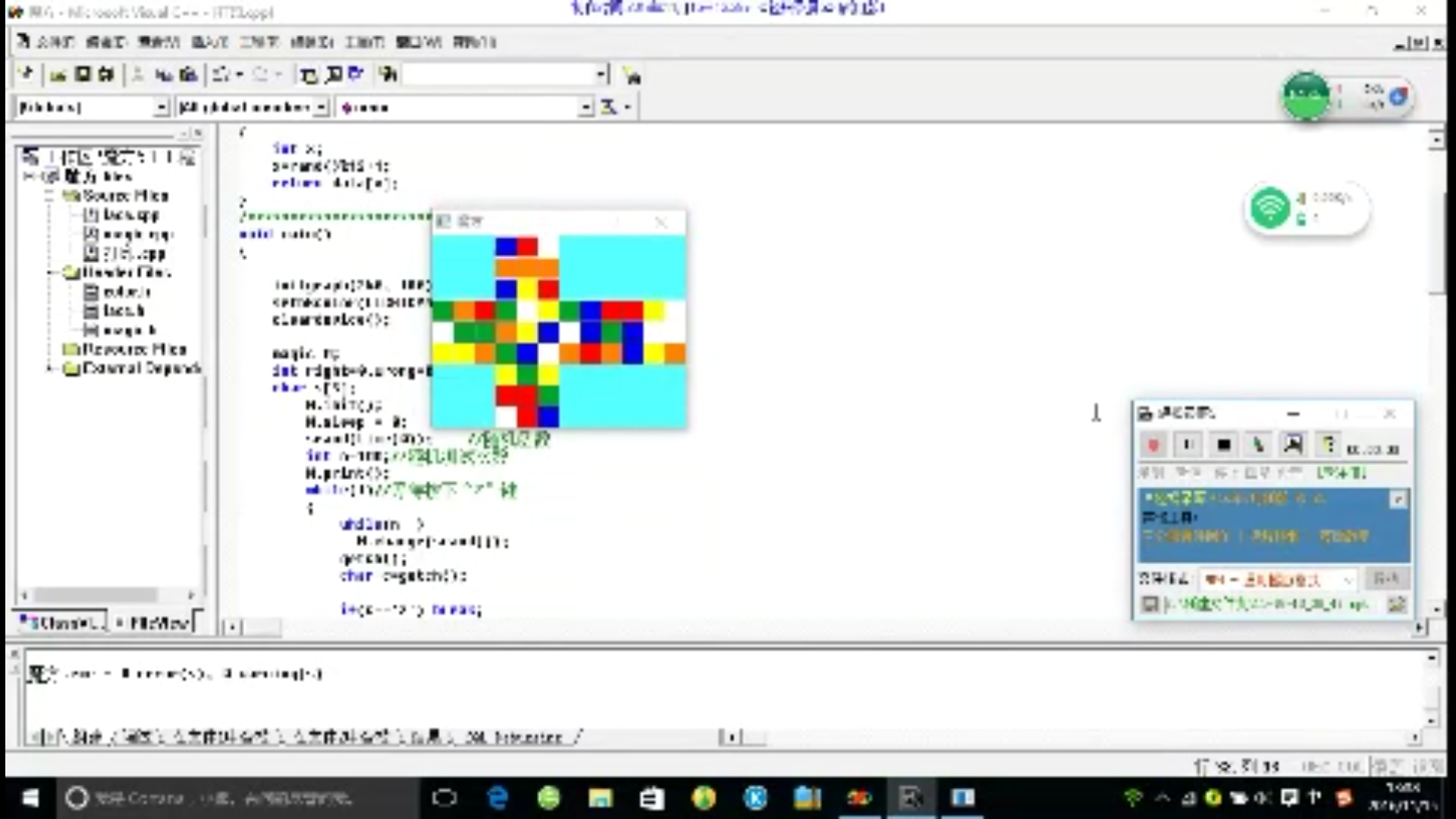2016-10-12
和海哥奋战一周,1600行的暴力解写出来啦,纯模拟,毫无算法,后续更新

2017-3-14
研究八数码的双向广搜解:
1 |
|
广搜 双向广搜 A 启发式搜索
扎实的基础是最牛X的技术!
和海哥奋战一周,1600行的暴力解写出来啦,纯模拟,毫无算法,后续更新

研究八数码的双向广搜解:
1 | #include <iostream> |
广搜 双向广搜 A 启发式搜索
本文标题:解魔方机器人大创项目(持续更新)
文章作者:Hengliy
发布时间:2016年10月12日 - 12:10
最后更新:2018年02月24日 - 15:02
原始链接:http://hengliy.github.io/2016/10/12/解魔方机器人/
许可协议: 署名-非商业性使用-禁止演绎 4.0 国际 转载请保留原文链接及作者。